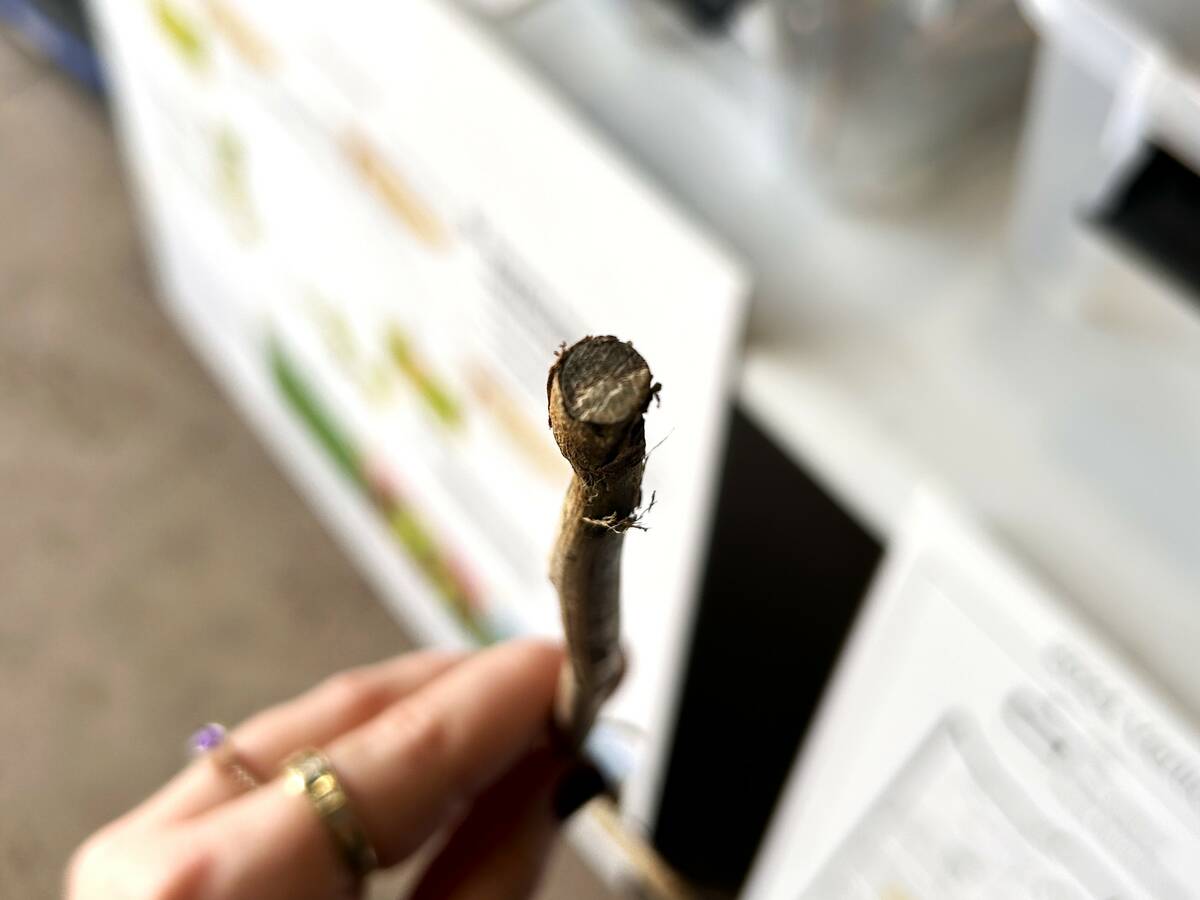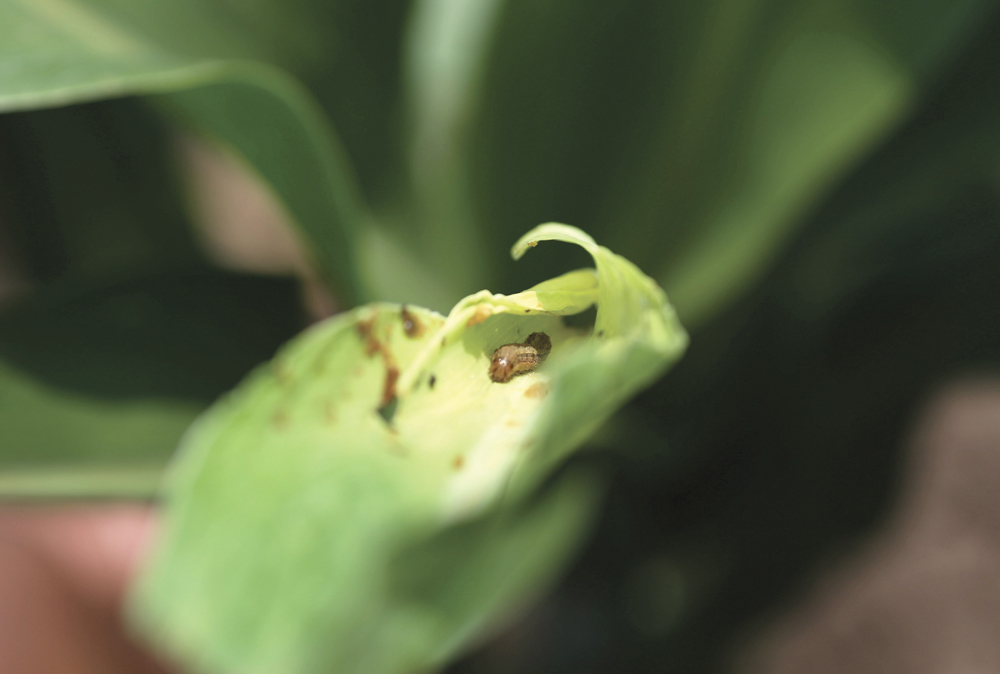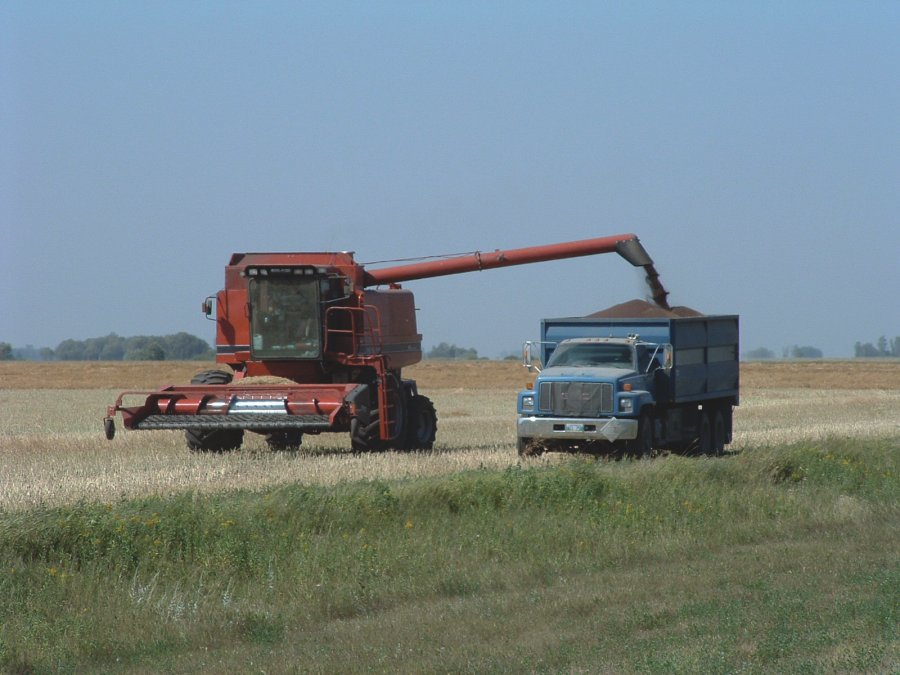Crop pests and diseases sweeping through southern Africa pose a threat to food security in a region where production has yet to recover from drought, a senior UN food agency official said Feb. 14, calling for a swift and co-ordinated response.
At the start of an emergency conference called by the Food and Agriculture Organization to map out regional action, FAO southern Africa co-ordinator David Phiri said an outbreak of the fall army worm, devouring maize crops in some key producer countries, had blighted the season’s prospects.
Read Also

Manitoba canola embattled by verticillium
Verticillium stripe pressure has been growing in Manitoba, and canola farmers still have precious few tools to protect their crop from the disease.
“This could contribute to reductions in maize production among the most severely affected farming households and thereby presents a huge threat to food security,” he said.
- Read more: Farmers and herders clash in Nigeria
The fall army worm could also affect pasture crops and livestock, he said, adding that experts had also warned of a potential locust outbreak.
Phiri said tomato production and trade had been hit by tuta absoluta, a pest that tunnels through leaves, while the highly pathogenic H5N8 bird flu had killed thousands of migratory wild birds in Uganda and spread to domestic poultry.
Pest and disease outbreaks, including scourges such as foot-and-mouth in cattle, need to be tackled to help boost economic growth, food security and public health, he said.
“We need to use our collective capacities to put up systems that will strengthen the resilience of our farmers and their farming systems to the threat posed by transboundary pests and diseases,” he said.
However, Zimbabwe, a former regional breadbasket that has become a serial grain importer since the government’s seizure of white-owned farms in 2000, expects an improved 2016-17 maize harvest, an industry official told a parliamentary committee.
Tafadzwa Musarara, head of the Grain Millers Association, said the region remained on course to produce a “bumper harvest” and his body was primed to take 800,000 tonnes of maize produced under Zimbabwe’s grain import substitution program.
Zimbabwe produced just over 500,000 tonnes of the staple maize — about a third of annual requirements — during the drought-hit 2015-16 farming season.















